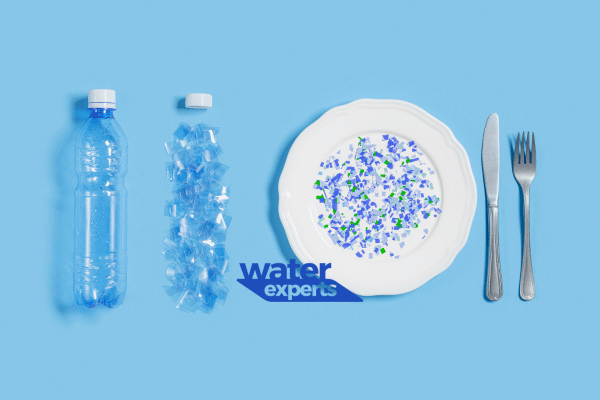Microplastics, tiny plastic particles smaller than a grain of rice, have become a pervasive environmental concern. But their impact extends far beyond our oceans and ecosystems; they’re also infiltrating our bodies.
Microplastics: A Hidden Danger
Microplastics can be found in a wide range of products, from clothing to cosmetics. These tiny particles can shed from larger plastic items or be intentionally added to products as exfoliants or additives. Once in our environment, microplastics can travel through waterways, eventually making their way into our food chain and our bodies.
Common Routes of Exposure
- Drinking Water: One of the most significant sources of microplastic exposure is drinking water. Plastic bottles can shed microplastics into the water they contain, especially when exposed to heat or sunlight. Reusing plastic bottles can also increase the risk of microplastic contamination.
- Food: Microplastics can accumulate in seafood, particularly shellfish, as these organisms filter water. Additionally, microplastics can be found in other foods, such as honey and salt.
- Inhalation: Microplastics can also be inhaled, especially in areas with high levels of air pollution.

The Average Microplastic Intake
It’s challenging to determine the exact amount of microplastics ingested by individuals, as this can vary depending on factors such as diet, location, and lifestyle. However, studies have estimated that people, on average, have 7 credit cards worth of m,icroplastics in their bodies.
Potential Health Risks
While research is ongoing, there are growing concerns about the potential health risks associated with microplastic exposure. Some studies have suggested that microplastics can:
- Disrupt the immune system: Microplastics may trigger an inflammatory response in the body, potentially leading to immune system dysfunction.
- Damage organs: Microplastics can accumulate in organs like the liver and kidneys, potentially causing damage.
- Endocrine disruption: Some microplastics contain chemicals that can disrupt the endocrine system, affecting hormone production and regulation.
Reducing Your Exposure
While it’s difficult to completely eliminate microplastic exposure, there are steps you can take to reduce your intake:
- Choose glass or stainless steel containers: Opt for reusable water bottles and food containers made from materials that don’t shed microplastics.
- Purify your water: Consider using a water purifier that can remove microplastics and other contaminants.
- Eat a balanced diet: Choose a variety of foods and limit your consumption of seafood from contaminated waters.
- Support environmental initiatives: Advocate for policies that reduce plastic pollution and promote sustainable practices.
By understanding the threat of microplastics and taking steps to reduce your exposure, you can help protect your health and the environment.

